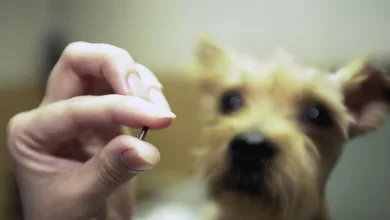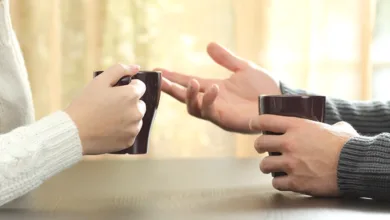7 Things You Can Do With Your Dog’s Fur
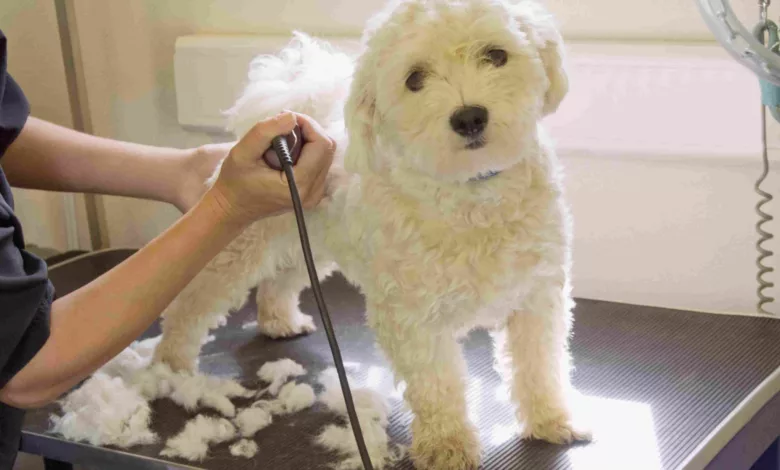
Dog fur can be a real annoyance for those of us who own canine companions. It gets on our clothes and furniture, forms giant dust bunnies under the bed, and sometimes even finds its way into our food. But have you ever thought about putting all that hair to good use? Here are seven things you can do with your dog’s fur.
 Knit Clothes
Knit Clothes
Just like you can spin and knit sheep’s wool, you can do the same thing with dog fur. From mittens to a sweater, a piece of clothing knit from your dog’s fur is a special memento. But not all dog hair can be spun into chiengora, the official term for wool spun from dog fur. The best fur for spinning is the undercoat of longhaired, rough-coated dogs, such as the Golden Retriever or Newfoundland. The longer the undercoat, the better it spins. For those dogs with shorter undercoats, the fur can be blended with a longer fiber, for example sheep wool or alpaca fleece, to make wool. And for dogs with short strands, like the Rottweiler, the fur can be sprinkled into a longer fiber during the spinning process. But be warned: sprinkled fur can fall out of a garment over time.
It should be noted that you can only spin fur that has been brushed out of your dog. Clippings from the groomer or a shedding blade won’t cut it, because the entire hair shaft is needed. Once you gather your fur pile, you can card and spin it yourself, or take advantage of companies, such as Knit Your Dog, that will make the wool for you and even knit a garment of your choosing.
 Give It to the Birds
Give It to the Birds
Birds love a cozy nest and will happily line the inside of their home with dog fur. You can wrap tufts around the tops of bushes and fence posts, or for a tidier option, put the fur in a suet cage or small paper bag and let your feathered friends pick out what they need. Although your dog might love barking at the neighborhood birds, you can feel good about providing them with some insulation.
 Make Felted Crafts
Make Felted Crafts
Felting is a traditional way of making material. Wet felting requires nothing but hot soapy water and some sort of fiber, like your dog’s fur. The method is relatively easy — just lay the fur out flat, then rub it together using your fingers and the water. The fibers will eventually tangle into a sheet like the felt you can buy in a craft store.
Alternatively, you can try needle felting. This technique involves repeatedly poking a special felting needle into a rolled-up wad of fur that’s laid out on a cushion or pad. The barbs on the end of the needle help lock the fur fibers together. You can use needle felting to add felted decorations to other fabrics or even make three-dimensional sculptures.
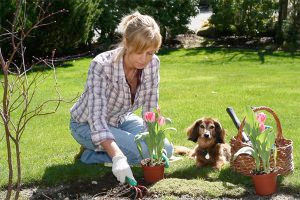
Protect Your Garden
Dogs love to chase animals out of the yard, and the smell of their fur may help deter pests, as well. Stuff burlap bags or pantyhose with your dog’s fur and tie them around the yard. You can even create a border around the outer edge of your garden.
Rabbits and other small animals will think the doggie odor they smell means your pup is nearby and might avoid the area as a result. You may need to freshen up the fur periodically to keep the smell at its most pungent.You can also pack loose fur around the bottom of plants and vegetables. Not only will the smell discourage animals from nibbling on your garden treasures, the loose hair also serves as a trap for slugs, snails, and small bugs.
 Clean Oil Spills
Clean Oil Spills
Fur is great for soaking up oil, so Matter of Trust, an ecological non-profit that collects hair, fur, and fleece clippings, uses the donations to make mats and containment booms (temporary floating barriers) to help clean up oil spills.
Mats are used to line storm drain cages to keep motor oil out of waterways, while booms are used to encircle oil spills and help keep beaches clean. Donations can be made through their Clean Wave Program.
 Stuff Pillows
Stuff Pillows
Dog fur makes excellent stuffing.
If you’re crafty, you can sew your own dog toys and fill them with fur rather than synthetic stuffing.
For an easier project, consider creating a dog bed, or if you want to enjoy the comfort of fur yourself, try making a throw pillow for the couch.
 Fertilize the Soil
Fertilize the Soil
Pet fur contains a lot of nitrogen, an important nutrient for growing plants, so it makes sense that you can use it to fertilize your soil. It helps the ground retain moisture and regulate plant temperature.
In time, the hair will break down and release its nitrogen to nourish your garden. You can also add fur to your compost pile. Sprinkle it in with other green ingredients, like vegetable scraps, and make sure to turn your compost a few times a week to keep it aerated. In about one month, the hair will have broken down enough to add to your soil.

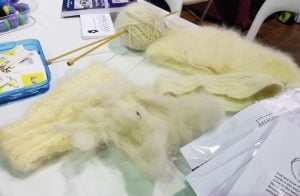 Knit Clothes
Knit Clothes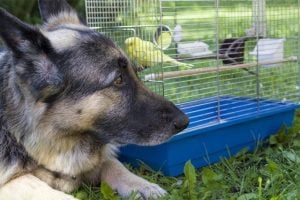 Give It to the Birds
Give It to the Birds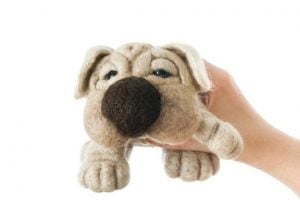 Make Felted Crafts
Make Felted Crafts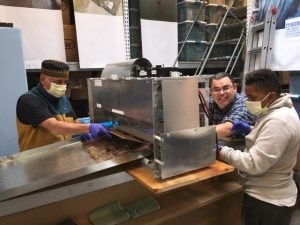 Clean Oil Spills
Clean Oil Spills Stuff Pillows
Stuff Pillows Fertilize the Soil
Fertilize the Soil